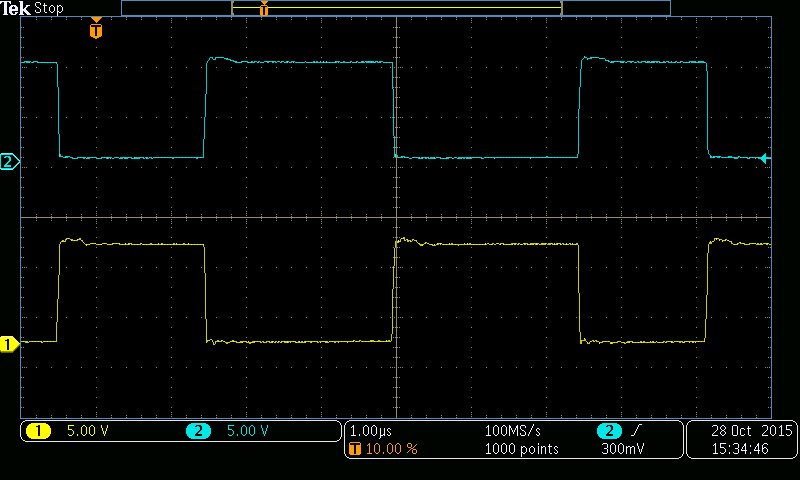We are having unexpected behavior from this device and would like some help figuring out why. Essentially we have complimentary PWM inputs driving the device and yet we fail to seen any significant current. Both sides of the bridge appear to be turning on/off together. There is also significant ringing on the outputs. There is no evidence of overtemp or overcurrent faults.
Unfortunatley although I have waveforms and a schematic I am unable to paste these into this forum due to security restrictions in the company webserver. If you could provide an email address I would be happy to send or possibly upload to another location.



